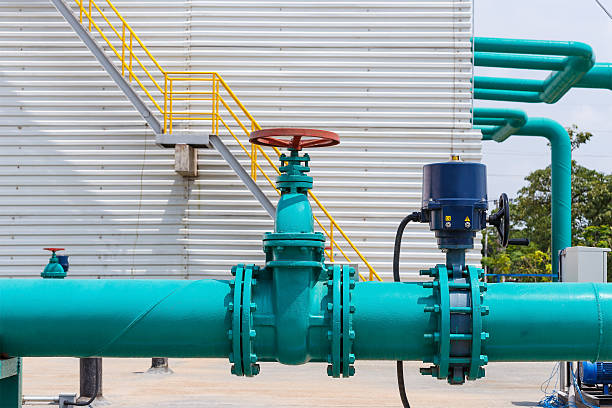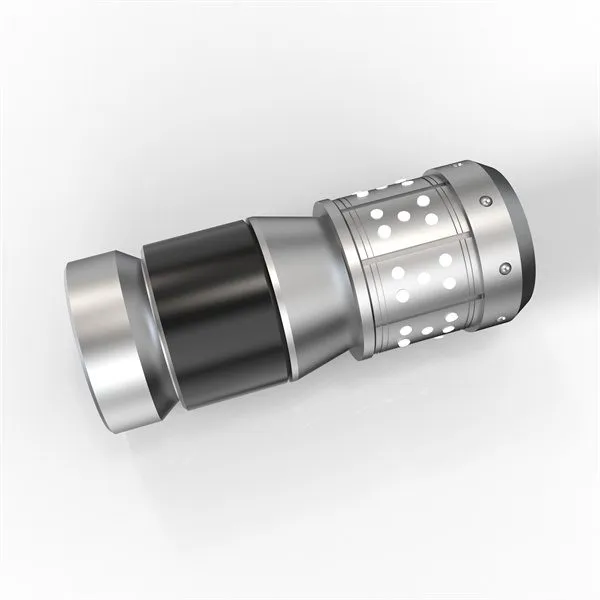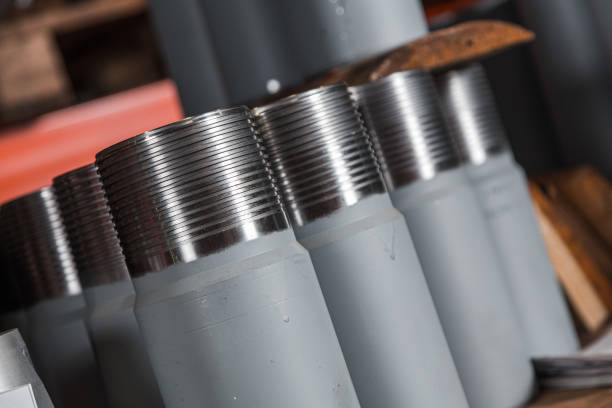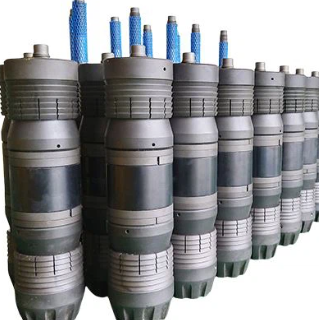English

Electric Actuated Gate Valve

Electric Actuated Gate Valve:High-Efficiency Flow Control for Industrial Applications
In modern industrial systems, precision, automation, and reliability are non-negotiable. Among the many types of control valves available, the Electric Actuated Gate Valve stands out for its ability to offer robust flow isolation, remote operation, and minimal maintenance. This article explores what electric actuated gate valves are, how they work, their applications, and how to select the right one for your needs.
What Is an Electric Actuated Gate Valve?
An Electric Actuated Gate Valve is a type of shut-off valve that uses an electric actuator to open or close the valve gate. Unlike manual or pneumatic gate valves, electric gate valves are designed for automated control, offering precise, hands-free operation.
The valve operates by lifting or lowering a gate (or wedge) inside the valve body to either allow flow or create a complete shutoff. When powered by electricity, the actuator receives signals from a control system to perform this motion automatically.
Key Features of Electric Actuated Gate Valves
- ✅ Remote Operation: Can be controlled from a central control room or integrated with SCADA/DCS systems.
- ✅ Reliable Shutoff: Provides tight sealing, ideal for complete isolation.
- ✅ Low Flow Resistance: When fully open, flow passes straight through with minimal pressure drop.
- ✅ Automation Friendly: Perfect for industrial processes that require frequent valve operation without manual intervention.
How Does an Electric Gate Valve Work?
Electric actuated gate valves consist of three main components:
- Gate Valve Body: The housing where the fluid flows and the gate moves.
- Gate Disc: A wedge- or knife-shaped barrier that blocks or allows flow.
- Electric Actuator: A motor-driven device that turns a stem, raising or lowering the gate.
When a signal is sent to the actuator:
- The electric motor rotates a shaft.
- The stem threads or lifts vertically.
- The gate moves up (to open) or down (to close).
This process is fully electric, requiring no air compressor or hydraulic pressure.
Applications of Electric Actuated Gate Valves
Electric actuated gate valves are used across a wide range of industries:
- Water Treatment Plants – For managing flow in clean and wastewater systems.
- Oil & Gas Pipelines – To isolate pipeline sections during maintenance or emergencies.
- Chemical Processing – In corrosive or hazardous environments where remote control is safer.
- Power Plants – Managing steam and cooling water circuits.
- Marine & Offshore – Installed in ballast, bilge, and fuel systems.
They are especially valuable in situations where frequent valve operation is required and manual access is limited or risky.
Electric Actuated vs Manual Gate Valves
| Feature | Electric Actuated Gate Valve | Manual Gate Valve |
|---|---|---|
| Operation | Automated (electric motor) | Handwheel/manual |
| Remote Control | Yes | No |
| Safety | High (no human contact needed) | Medium (needs on-site operator) |
| Maintenance | Lower (sealed actuator) | Higher (manual wear/tear) |
| Initial Cost | Higher | Lower |
While manual gate valves are more affordable, electric actuated gate valves provide significant long-term savings in labor, downtime, and energy efficiency.
Key Advantages for Industrial Use
- Automation and Precision
Integrates easily with control systems, allowing automatic open/close cycles based on temperature, pressure, or flow rate. - Operational Safety
Reduces the need for personnel in hazardous zones like chemical plants or offshore platforms. - Enhanced Process Efficiency
Speeds up flow control decisions and minimizes human error. - Durability and Strength
Ideal for high-pressure, high-temperature environments. Electric actuators are weather- and explosion-proof when properly rated.
Choosing the Right Electric Gate Valve
When selecting an electric actuated gate valve, consider the following factors:
- Valve Size & Pressure Rating: Match with your system’s specifications.
- Material Compatibility: Choose corrosion-resistant materials such as stainless steel, bronze, or cast iron.
- Actuator Voltage: 24VDC, 110VAC, or 220VAC depending on your power supply.
- Control Signal Type: ON/OFF, modulating (4–20mA), or with feedback.
- Certifications: API, ISO, ATEX for hazardous environments.
Conclusion
The Electric Actuated Gate Valve is a modern solution for industries that demand efficiency, safety, and automation. Whether in water management, chemical handling, or oil transport, these valves offer reliable shutoff with minimal manual intervention. With the right selection and maintenance, they can dramatically enhance your system’s performance and reduce operational risks.







